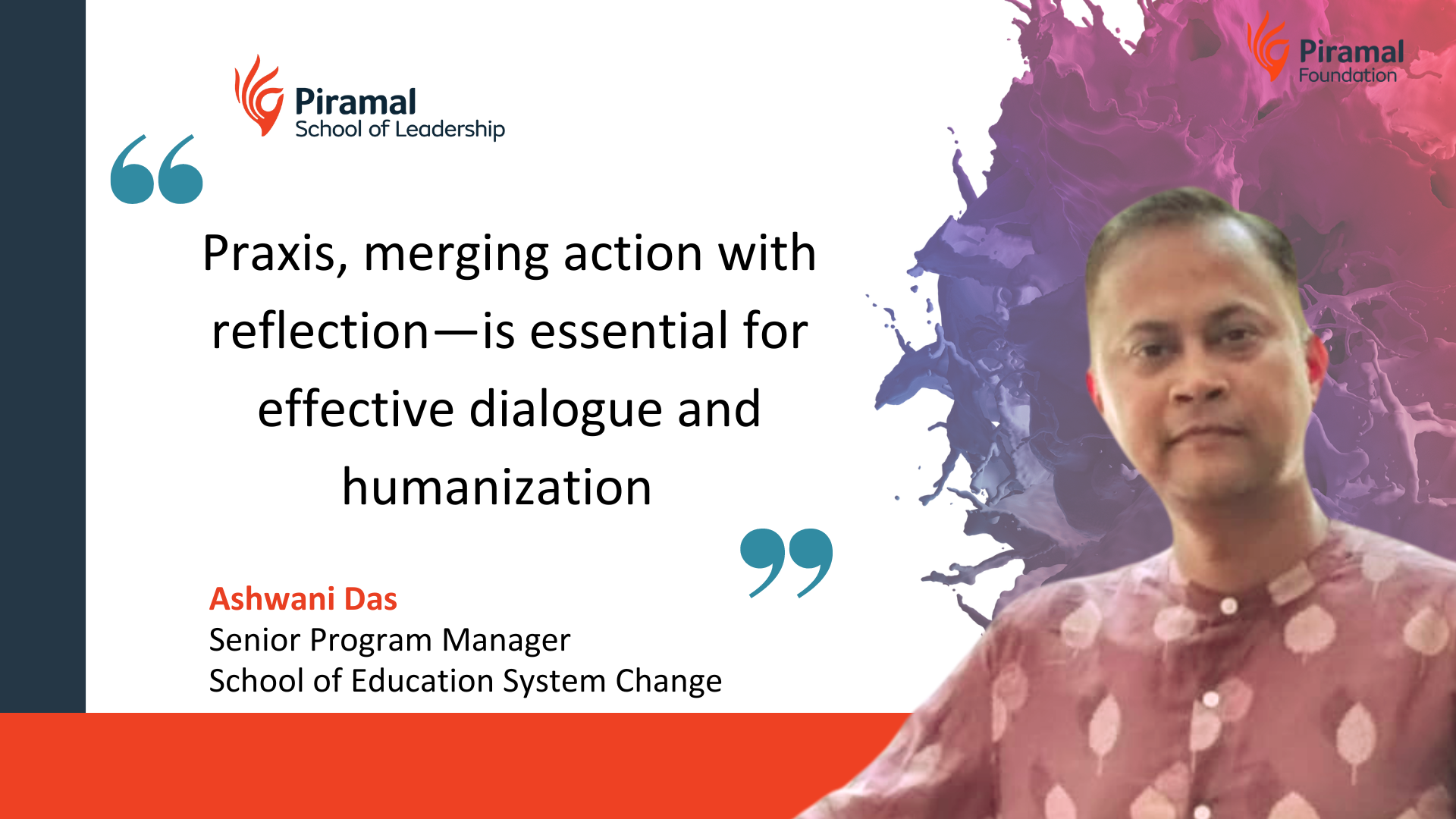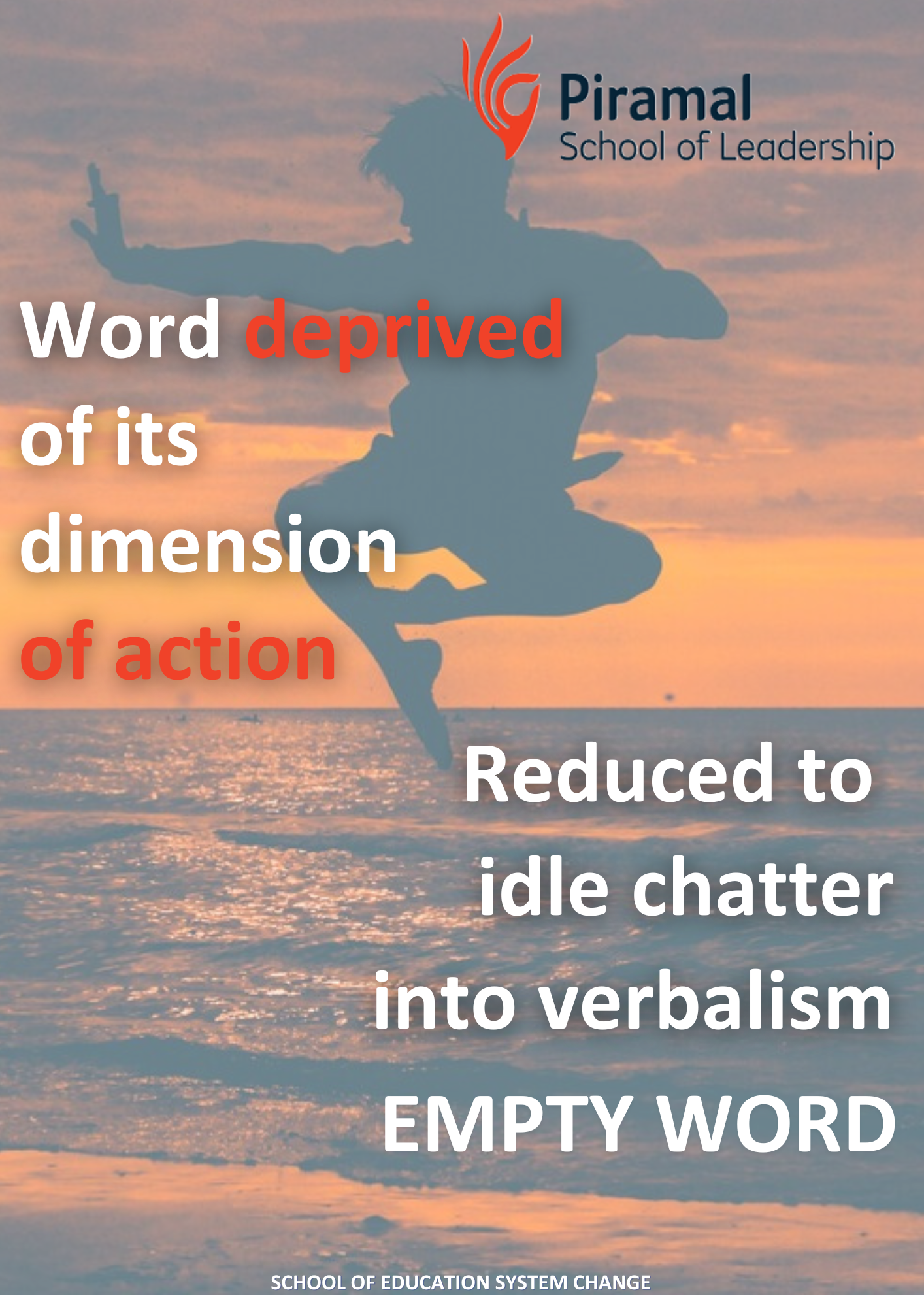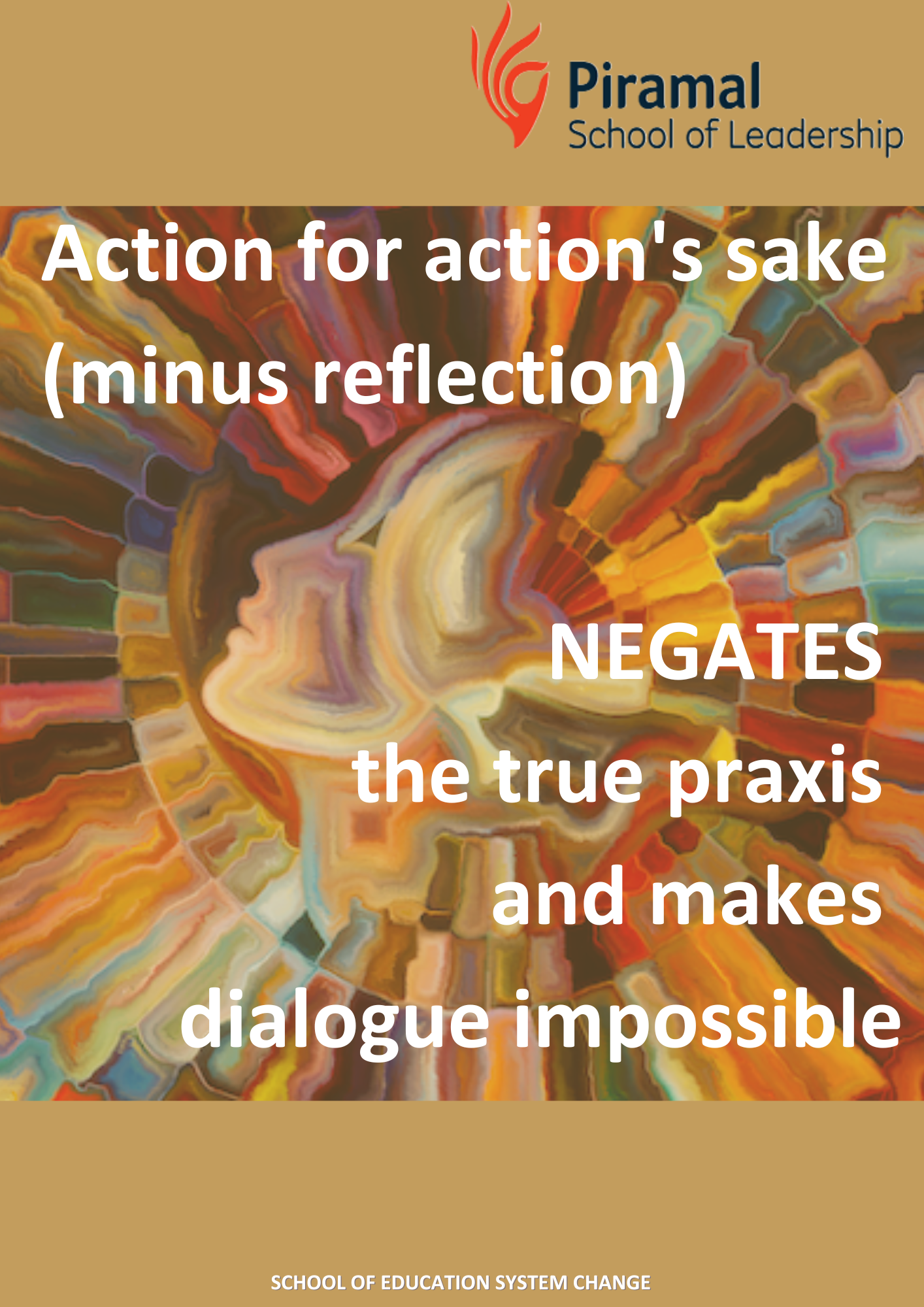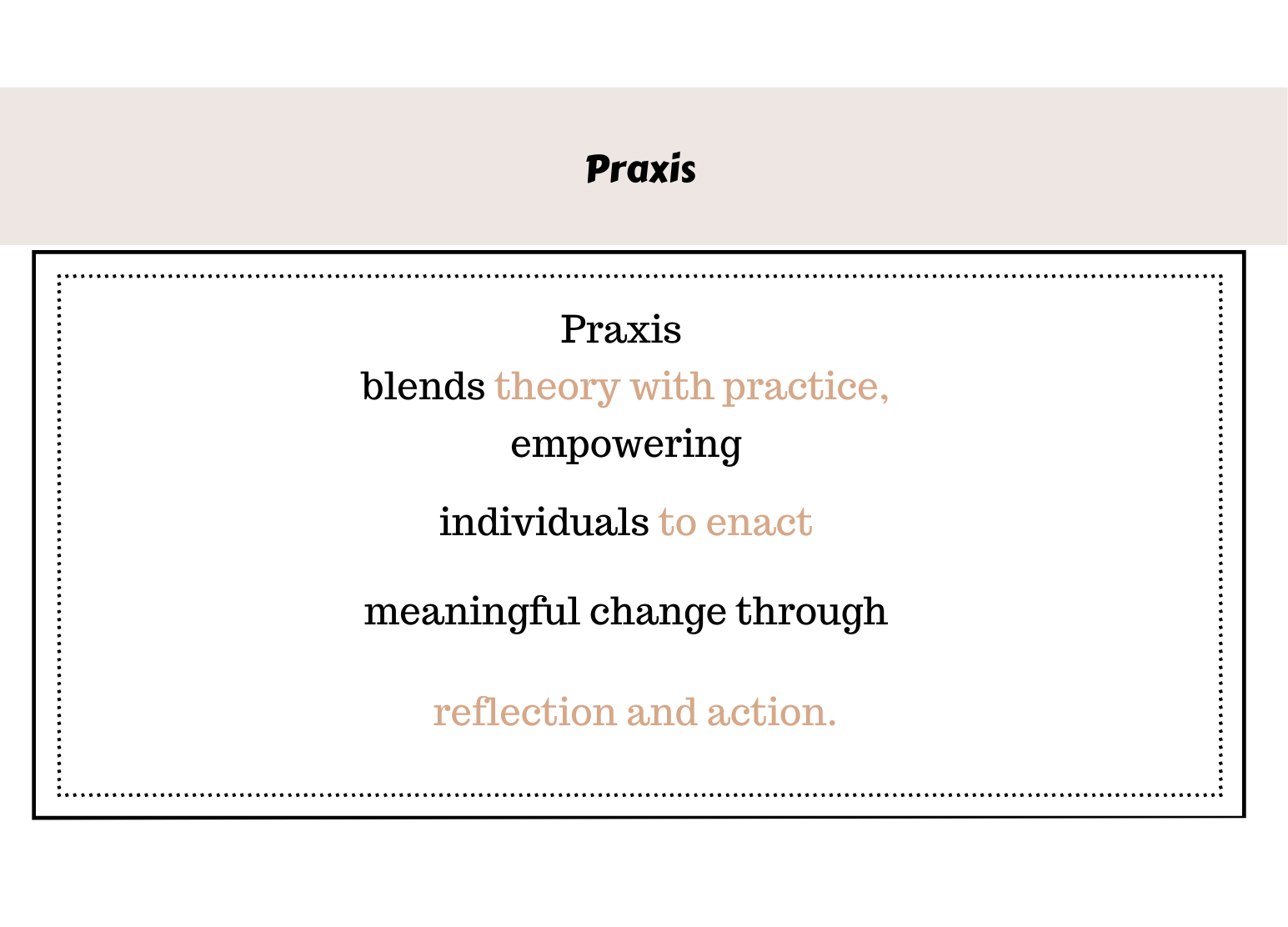Growing up in the serene landscapes of Uttarakhand, Haridwar, I witnessed firsthand the delicate balance between nature and human activity. My journey took me from the sacred ghats of Haridwar to the bustling metropolis of Delhi NCR, the vibrant beaches of Goa, and now to the historic city of Jaipur. Throughout these transitions, I've observed significant changes in both the environment and the education space, such as increasing pollution, rapid urbanization, and the impact of tourism, which are all impacting the lives of current and upcoming generations.
In Haridwar, the once pristine Ganges faced increasing pollution challenges, contrasting with the city's spiritual ambience. Delhi NCR presented a different set of issues: rapid urbanization led to severe air pollution and a strain on educational infrastructure. Moving to Goa, I saw how rampant tourism caused deforestation and waste issues, but also how community-led initiatives could restore degraded lands. Now, in Jaipur, I witness a city grappling with urbanization pressures while striving to preserve its cultural heritage.

These experiences made me reflect on the importance of combining thoughtful action with reflective practice—what we call praxis, a term that refers to the integration of theory and practice in a dynamic and continuous process.
What is Praxis?
Praxis is not just a concept, but a transformative tool. It involves putting ideas into practice and continuously refining those actions through reflection. It is a dynamic process where theory and practice meet, ensuring that our actions are both meaningful and effective.
Why Only Activism or Only Verbalism Won't Work
Activism without reflection can become misguided and exhausting. Without thoughtful consideration, actions may not align with intended outcomes. Conversely, verbalism, focusing solely on discussion without action, often leads to stagnation. Actual change requires the synergy of action and reflection—this is where praxis becomes essential.
Praxis in Action: Indian Climate Warriors
In my journey of understanding praxis, I've been deeply inspired by the stories of Indian climate warriors, individuals who have seamlessly integrated reflection and action into their efforts. These are people who have made significant contributions to environmental conservation and education in India, and whose stories serve as powerful examples of the transformative power of praxis and compassionate leadership.

1. Jadav Payeng, the Forest Man of India’s journey of transforming a barren sandbar into a thriving 1,360-acre forest in Assam exemplifies the power of praxis. He began planting trees in 1979 after reflecting on the devastating effects of deforestation. His continued efforts have not only revitalized the ecosystem but also raised awareness about the importance of environmental conservation. Payeng's story teaches us the importance of perseverance and the long-term impact of nurturing our environment.
2. Saalumarada Thimmakka as I recall her story, she is a self-taught environmentalist, who, along with her late husband, planted 384 Banyan trees along a 4km stretch of highway in Karnataka. Her dedication to nurturing these trees even after her husband's death showcases the transformative power of consistent and committed action informed by deep reflection. Thimmakka's journey teaches us about dedication, care, and the impact of individual efforts on future generations.
3. Pamela and Anil Malhotra, founders of Sai Sanctuary, India's first private wildlife sanctuary, transformed degraded agricultural land in Karnataka into a thriving 300-acre forest. Their commitment to restoring the natural ecosystem and protecting biodiversity highlights the impact of sustained, thoughtful action. The Malhotras' work exemplifies the importance of long-term vision and dedication to environmental stewardship.
4. Shubhendu Sharma, founder of Afforestt, uses his expertise in industrial engineering to create dense, fast-growing, native forests using the Miyawaki method. His innovative approach has enabled the transformation of small barren lands into lush green spaces, demonstrating how reflective practice can drive effective environmental solutions. Sharma's efforts teach us innovation and the practical application of knowledge in environmental conservation.

How Working on the Environment and Education Can Develop Us as Compassionate Leaders
Working on environmental projects and educational initiatives can significantly impact our personal development and leadership skills. These activities teach us patience, empathy, and a deep sense of responsibility for the world around us. Here's how we can cultivate a more humane, caring, and compassionate approach for ourselves and our teams:
- Fostering Self-Awareness: Regular self-reflection helps us understand our values, biases, and emotions, leading to greater self-awareness and emotional intelligence.
- Building Trust: Transparent and honest communication builds trust within teams, creating a safe environment where members feel valued and respected.
- Encouraging Empathy: Actively listening to others and understanding their perspectives fosters empathy, enhancing our ability to connect and support each other.
- Promoting Collaboration: Encouraging collaborative efforts and valuing diverse opinions leads to more innovative solutions and a stronger sense of community.
- Demonstrating Accountability: Owning our actions and their outcomes, both successes and failures, sets a powerful example for others to follow.

Burning Questions to Consider
Reflecting on our journey and efforts in environmental conservation and education, here are some questions to consider that can guide us toward becoming more compassionate and effective leaders:
- How can we ensure that our actions align with our values and the long-term well-being of the environment, education, and future generations?
- In what ways can we better support and amplify the voices of those who are leading grassroots efforts in both fields?
- How can we create a culture of continuous learning and reflection within our teams and communities?
- What steps can we take to foster greater empathy and understanding in our interactions with others?
- How can we balance the need for immediate action with the importance of thoughtful reflection and planning?

Practicing Praxis to Build Effective Dialogue
Integrating praxis into daily interactions has significantly enhanced my ability to engage in meaningful dialogue. Here are some key practices:
- Active Listening: Truly listening and reflecting on others' words helps respond more thoughtfully.
- Continuous Learning: The cycle of action and reflection, the essence of praxis, ensures continuous personal growth. It empowers us to evolve and adapt, making us more effective in our environmental and educational endeavors.
- Building Relationships: Praxis fosters deeper connections as others see a commitment to genuine engagement.
In conclusion, praxis—merging action with reflection—is essential for effective dialogue and humanization. By integrating these principles, exemplified by the efforts of Indian climate warriors like Jadav Payeng, Saalumarada Thimmakka, and others, we can contribute to a more compassionate and understanding world. Embracing praxis in our lives enriches personal growth and strengthens our relationships and communities, paving the way for meaningful and lasting change. I encourage you to reflect on these ideas and consider how you can apply them in your own environmental and educational efforts, and in your leadership roles.
TAGS
SHARE





